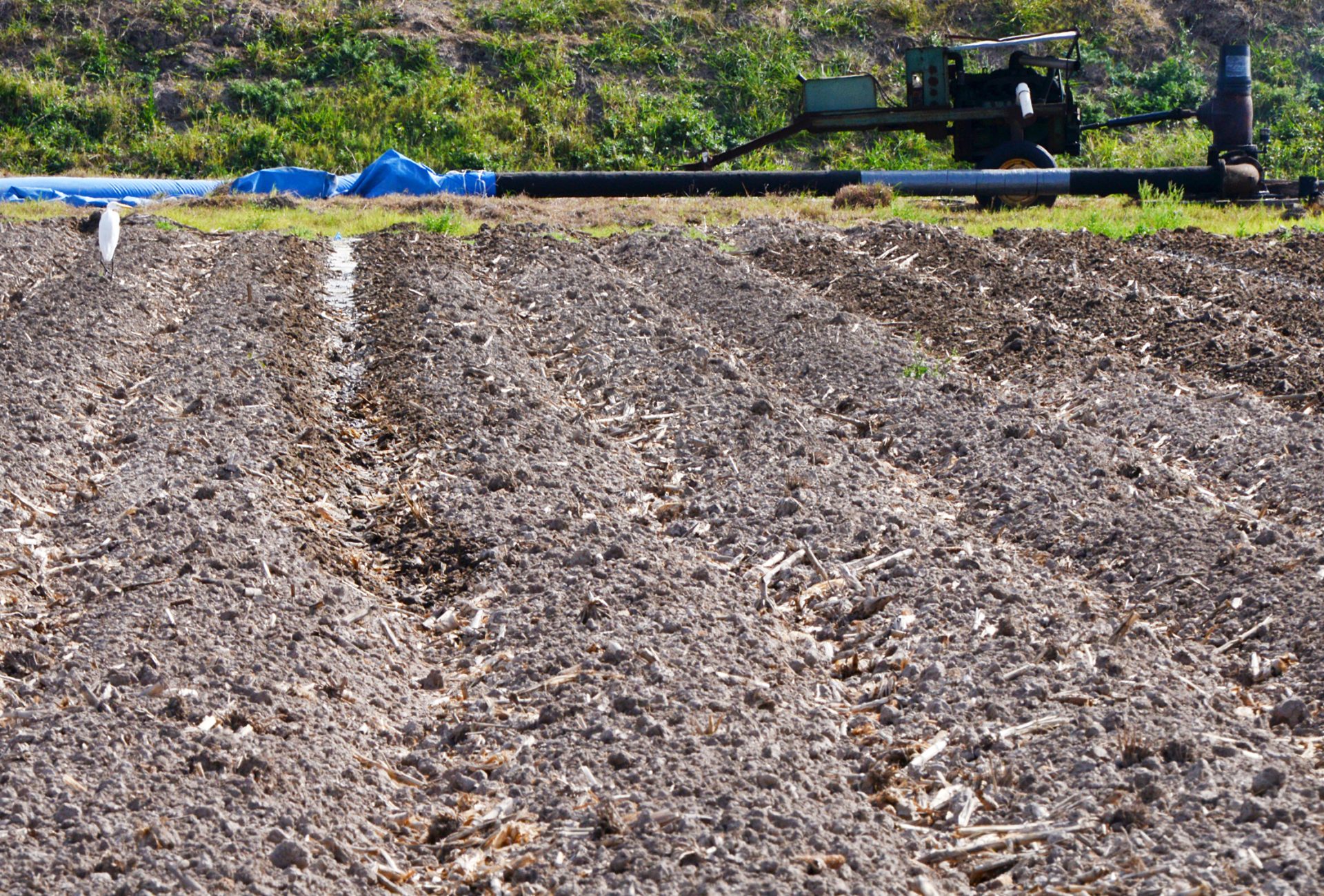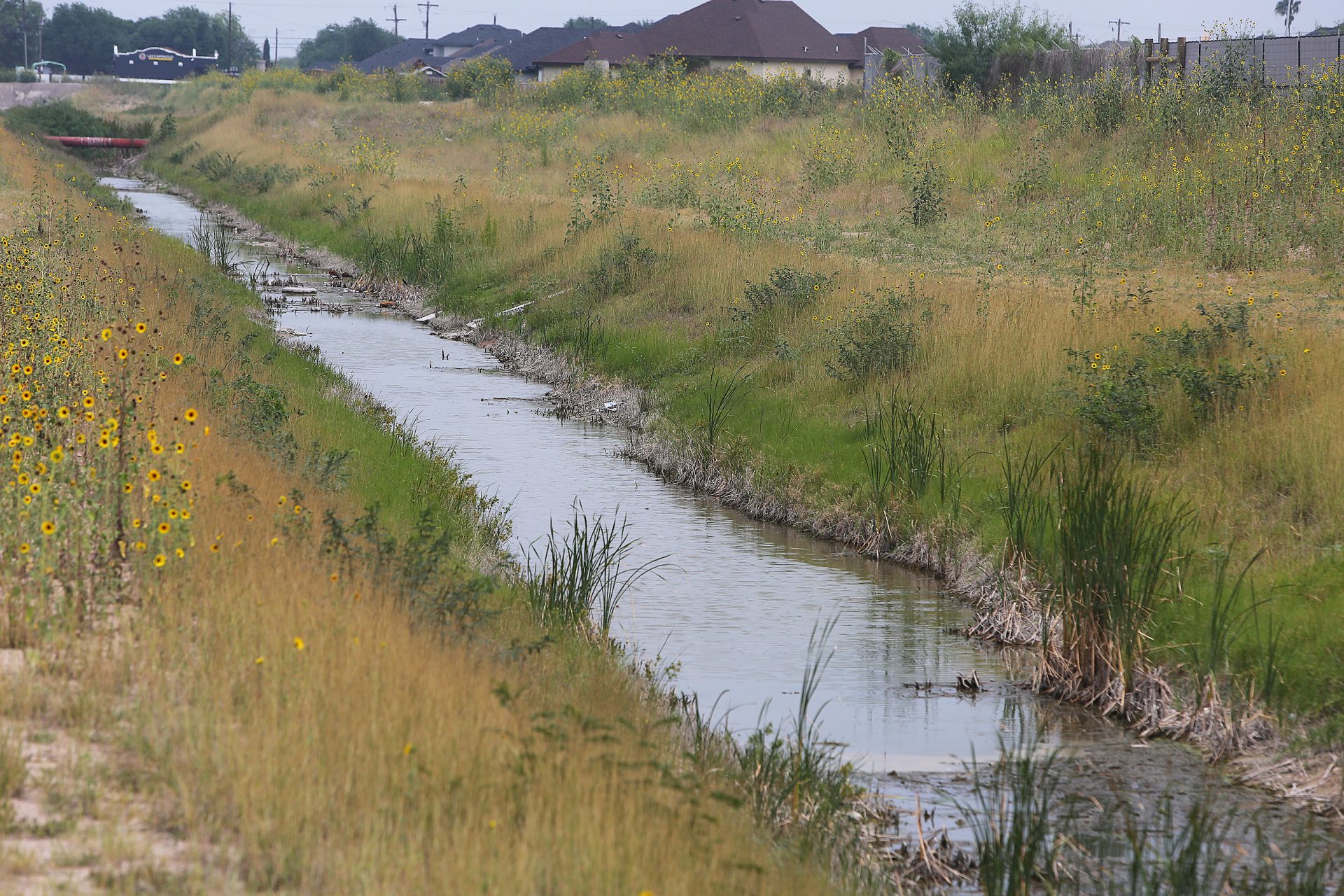|
Only have a minute? Listen instead |

A Texas state official is warning that the state is running out of water.
“We lose about a farm a week in Texas….we don’t have the water to grow crops,” Texas Agriculture Commissioner Sid Miller said in an interview with WFAA.
Miller said tomato production in the Rio Grande Valley is just about gone.
“They (farmers) usually grow five crops of vegetables, but we don’t have enough water now to grow one, so our production is down 80 percent,” Miller said.
Part of the blame for the shortage, according to Miller, is Mexico’s failure to meet the water delivery requirements as established in the 1944 U.S.-Mexico Water Treaty.
The treaty requires Mexico to provide 1,750,000 acre-feet (AF) of water through a five-year cycle, with an average annual commitment of 350,000 acre feet.
“They’re supposed to supply us with so much water since they share the water in the Rio Grande, but that’s basically the only water down there,” he said. “There’s not sufficient groundwater to supply the cities or the farmers.”
Why is Texas losing water?
Older infrastructure and extreme heat caused Texas’s major cities to lose nearly 88 billion gallons of water last year, according to a report by the Texas Tribune.
Millions of dollars were spent as a result, and the state’s already limited water supply was further strained.
Fort Worth lost 5.9 billion gallons of water in 2023, according to a city audit. Here’s how much water (in gallons) other major Texas cities lost, per city self-reporting:
Houston: 31.8 billion
San Antonio: 19.5 billion
Dallas: 17.6 billion
Austin: 7.1 billion
Fort Worth: 5.9 billion
El Paso: 4.8 billion
Mary Gugliuzza, a spokesperson for the Fort Worth Water Department, said a substantial portion of the city’s water loss is caused by water main breaks.
“It really is tied to water demand. Hotter, drier summers increase the demand on the system and increase the amount of water main breaks,” she said. “We’ve established several programs to help us get a better handle on water loss. We proactively look for leaks in our system, and we’ve stepped up the replacement of cast iron pipe in our system. Bringing down the water loss is a focus.”

What else is contributing to the Texas water problem?
Several factors, including aging infrastructure, harsh drought patterns, climate change, and population growth, play a role in the current water shortage.
With warmer temperatures on the horizon, experts say recurrent dry periods pose a risk to exceptional water shortages while raising concerns over water quality and sanitation.
Miller said water scarcity has been an issue for the state for the last 10 years.
Water loss impact on Texans
Miller said the price of groceries is connected to the water crisis. The shortage makes it harder to produce crops, making some groceries a hot commodity.
“Prices are still competitive, but you are paying more, and it’s because of the added freight. It has to come from Mexico and central south of America so that all costs and it’s passed on, that’s why the cost of gas and groceries are going up, ”he said.
A water shortage, according to Houston-based wastewater treatment organization AUC Group, can put a strain on the water delivery systems and might cause quality problems that could result in boil water advisories.

Is there a solution to the Texas water crisis?
Due to population growth, the state’s demand for water is predicted to rise from 18.4 million to 26 billion acre-feet by 2070. The state’s population is expected to reach 52 million, an increase of 22 million over current levels, according to the Water Development Board.
Miller said Texas has the resources to address the water issue but it comes down to how the resources are managed. He said some cities lose 30% of water from the time they get it to the time it gets to customers.
“We invest millions of dollars into storm water drainage but we need to capture that and do rainwater harvesting. And we’ve got to embrace reverse osmosis,” he said. “ We can clean up brackish water very cheaply and recycle water. Our water treatment water goes into the creek and right out in the gulf, we need to capture that and allow the farmers to irrigate with it.”
Maximizing the state’s water resources may seem costly but Miller says the investment shouldn’t be a problem.
“We have the Texas water development board who has about six billion dollars for water projects and I have grants,” he said. “I just sent out 90 grants to small communities across Texas for half a million dollars, (and) $450 million to replace antiquated water lines.”
Miller said the water shortage is a serious threat, and it shouldn’t be taken lightly.
“People are not talking about it but we’ve got to get it on the radar. We’re Texans and we take care of ourselves so we’ve got to stop whining about Mexico not paying their water bill and do something about it ourselves.”
©2024 Fort Worth Star-Telegram. Visit star-telegram.com. Distributed by Tribune Content Agency, LLC.

